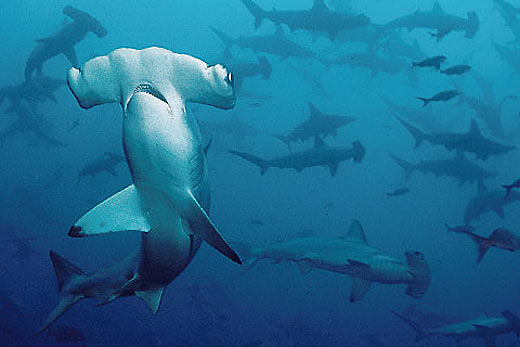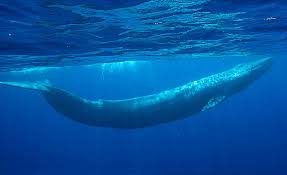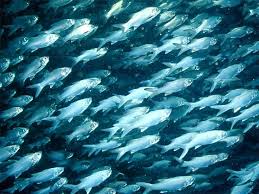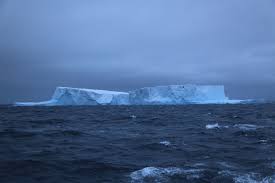 A few weeks ago, Sea Save Foundation and a number of other organizations named Costa Rican President Luis Guillermo Solis the “Shark Enemy of the Year”. This week, the ocean conservation group MarViva announced the Solis is in support of including more species in the Memorandum of Understanding (MoU) on the Convention of Migratory Sharks. The following shark species should be added: silky, great hammerhead, hammerhead, and fox sharks. Read more…
A few weeks ago, Sea Save Foundation and a number of other organizations named Costa Rican President Luis Guillermo Solis the “Shark Enemy of the Year”. This week, the ocean conservation group MarViva announced the Solis is in support of including more species in the Memorandum of Understanding (MoU) on the Convention of Migratory Sharks. The following shark species should be added: silky, great hammerhead, hammerhead, and fox sharks. Read more…
2. Warming Ocean May Bring Major Changes for US Northeast Fish Species
After years of mystery around the reasons why levels of greenhouse gas were so low twenty thousand years ago. New research shows that carbon dioxide was dissolved in the deep Southern Ocean at times when the levels in the atmosphere were low. The study also reveals that the Southern Ocean carried smaller amounts of oxygen than today which indicates that phytoplankton were taking up large amounts of carbon dioxide near the surface. The team also discusses the variations in carbon-dioxide storage which created a number of natural “wobbles” in atmospheric levels. To read the scientific paper in Nature, click here…
This week, fishermen in Australia reeled in and killed a nearly 1,400 pound tiger shark. Controversy has arisen around this capture and trophy hunting. This case is being compared to the international news story of Amercian dentist Walter Palmer killing a beloved lion, Cecil. According to Jennifer Schmidt, director of genetic studies at the Shark Research Institute, ” big, mature animals should be breeding; it takes a long time for the bigger sharks to mature- depending on the species 10, 15, 20 year before they’re able to breed”. Killing a shark of this size and age will, upon additional factors, continue to make it impossible to replenish tiger shark populations Read more…
 It is very rare to capture footage of a blue whale but, luck for all of us, a drone recently filmed footage of a blue whale mother and her calf. The footage was filmed by members of the activist group Sea Shepherd Society. According to John Calambokidis, a National Geographic explorer, “what makes [the footage] interesting is that Antarctic blue whales have a low density and are hard to see and study”. To see the footage here…
It is very rare to capture footage of a blue whale but, luck for all of us, a drone recently filmed footage of a blue whale mother and her calf. The footage was filmed by members of the activist group Sea Shepherd Society. According to John Calambokidis, a National Geographic explorer, “what makes [the footage] interesting is that Antarctic blue whales have a low density and are hard to see and study”. To see the footage here…
Be sure to “LIKE” http://facebook.com/SeaSave to ensure our “Week in Review” is delivered to your newsfeed every Thursday.






